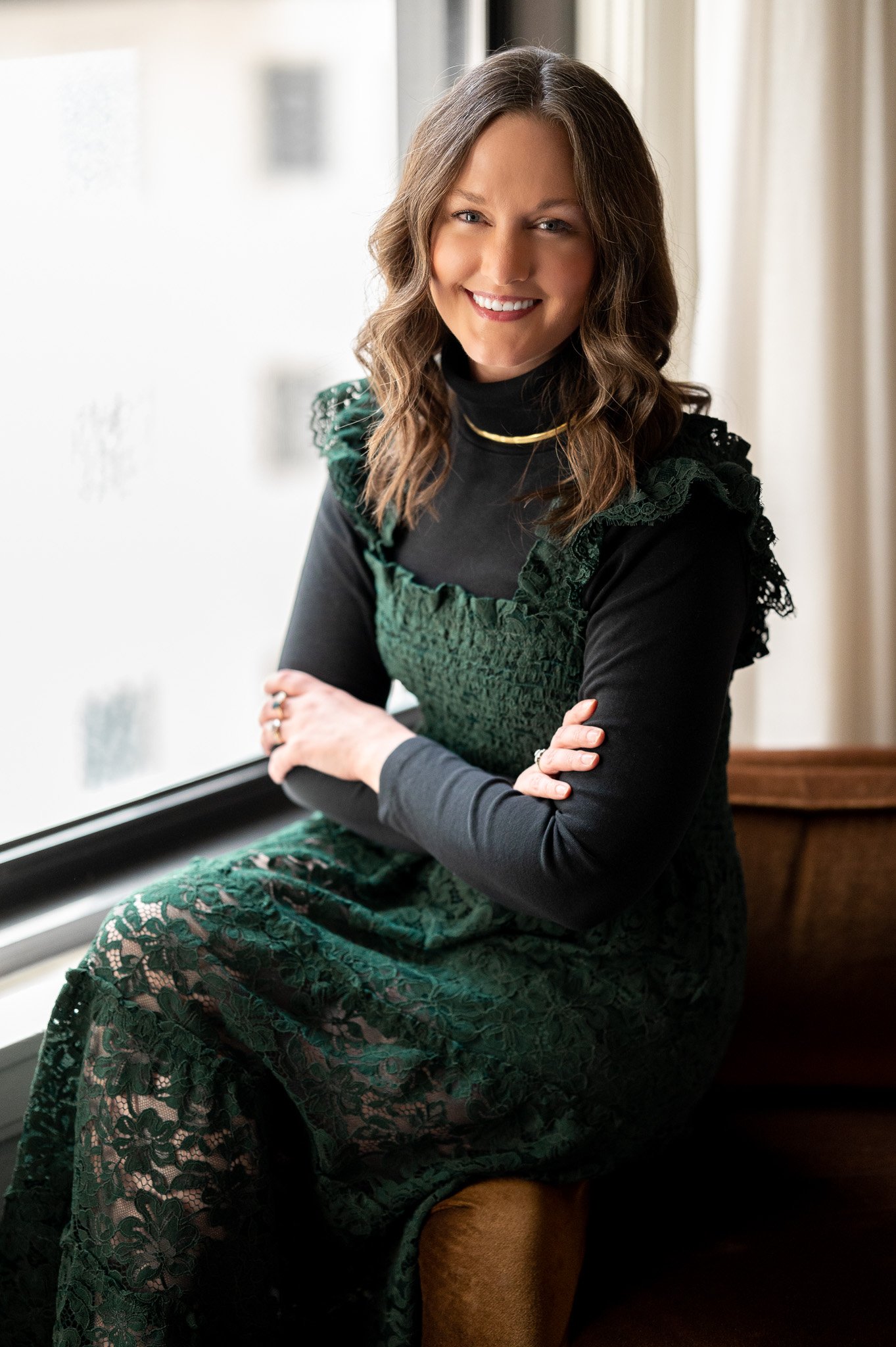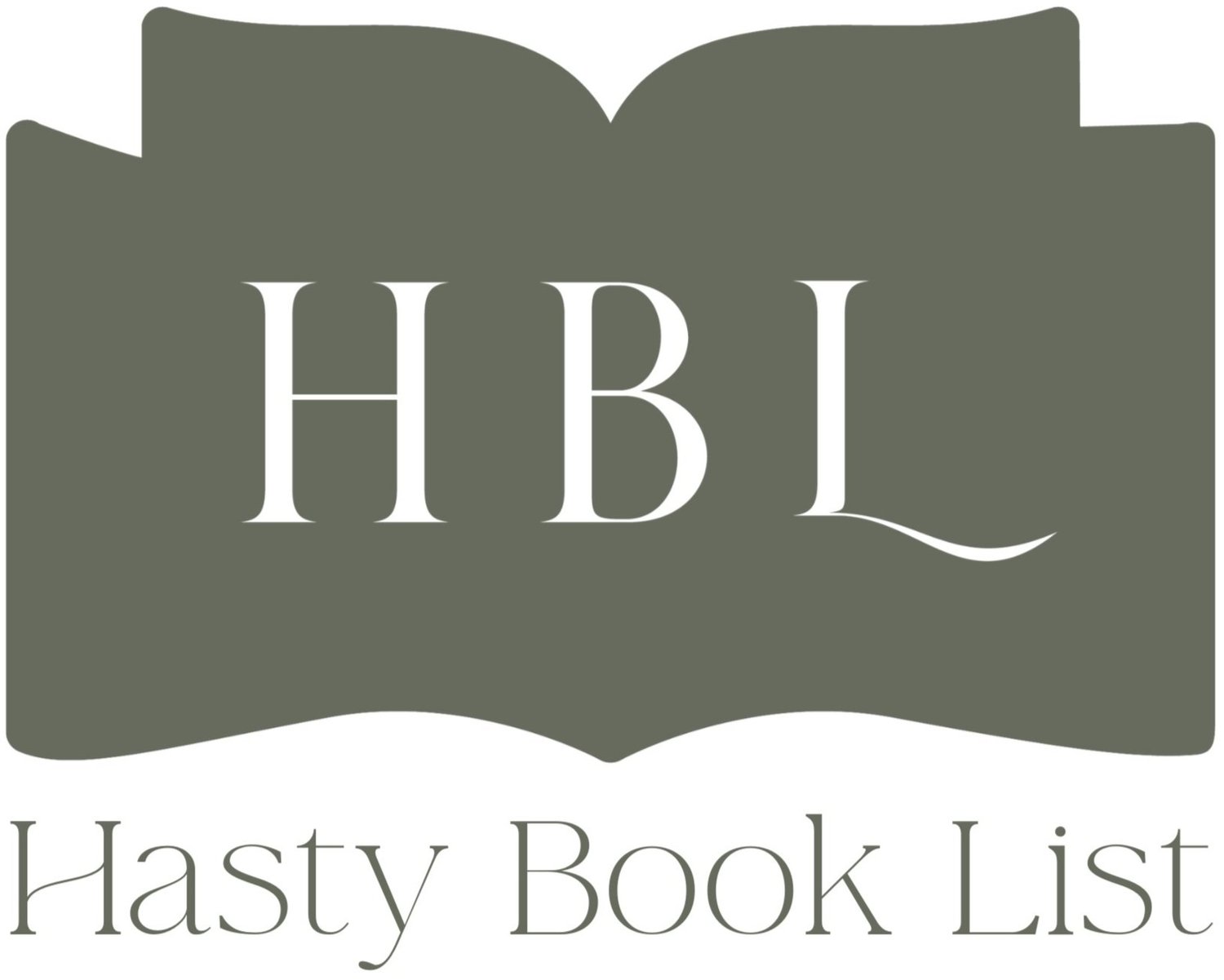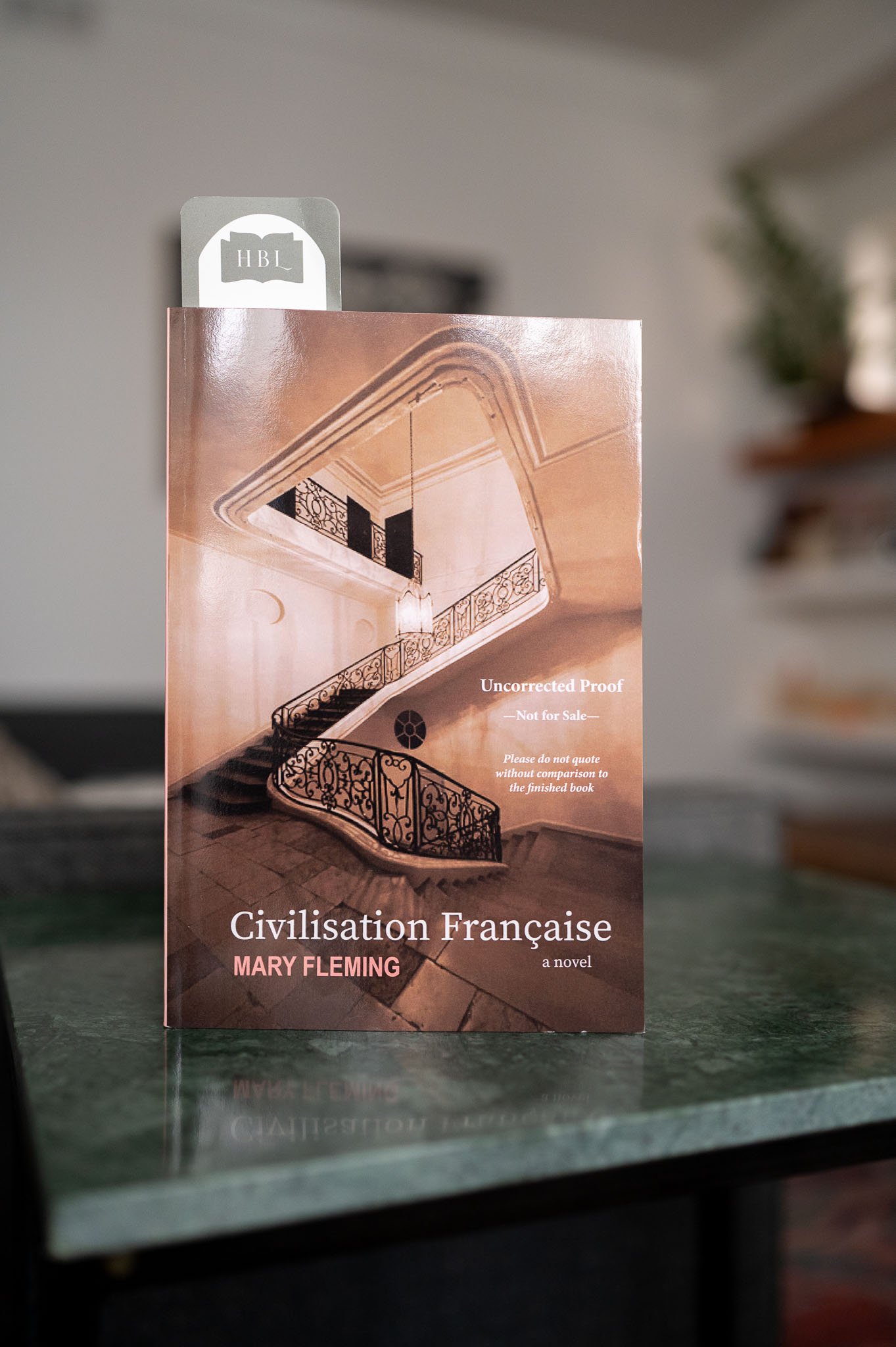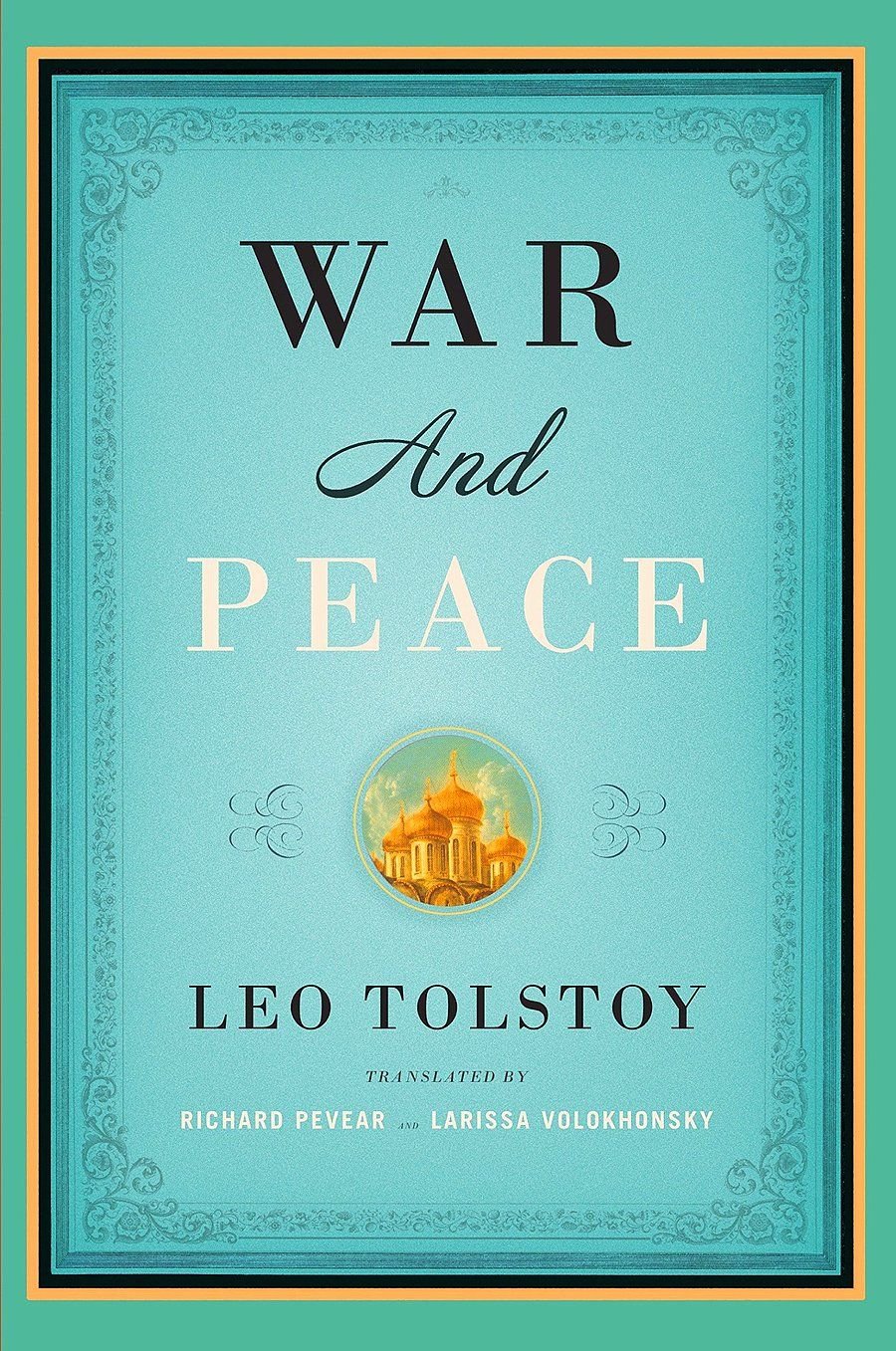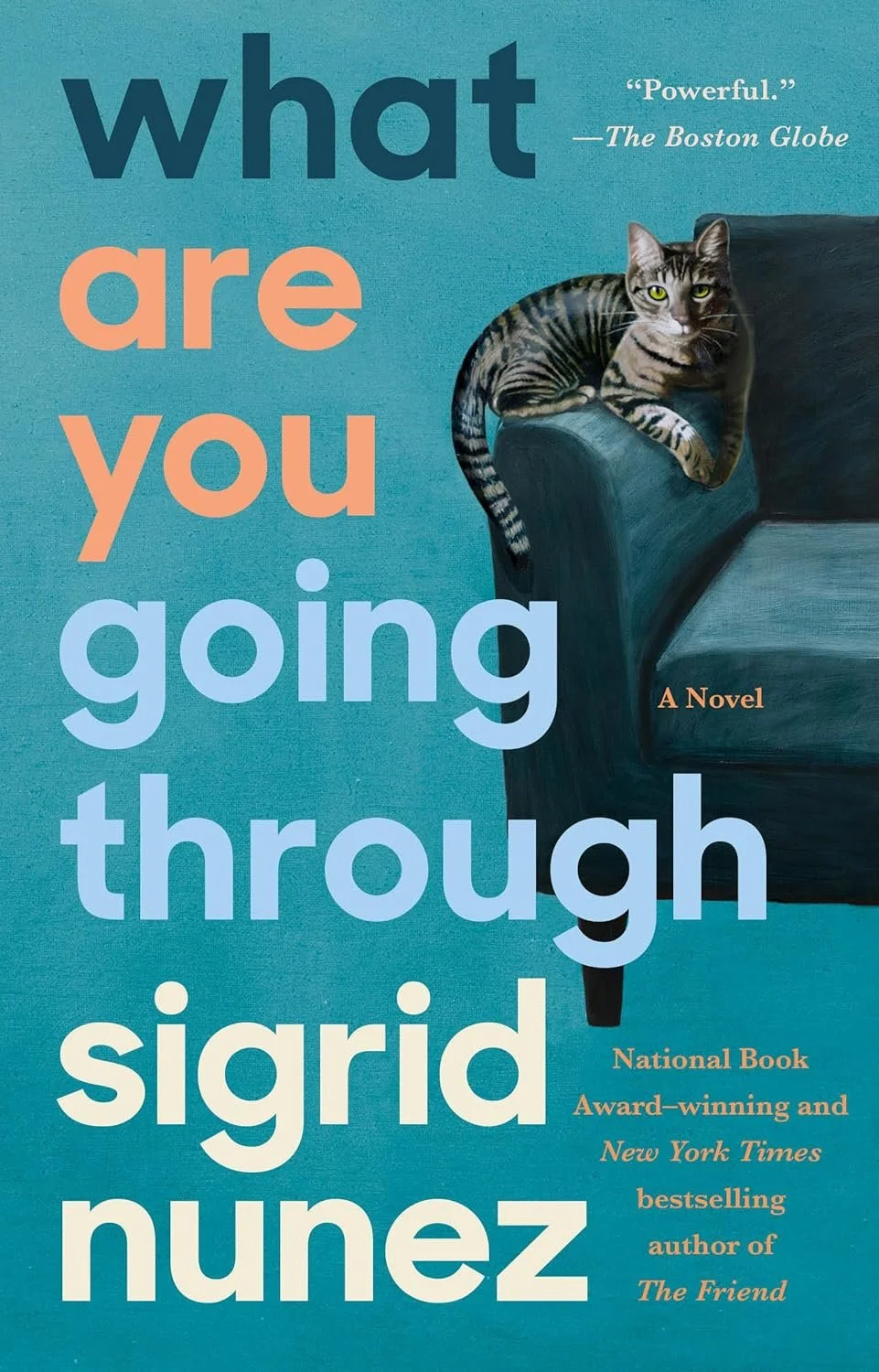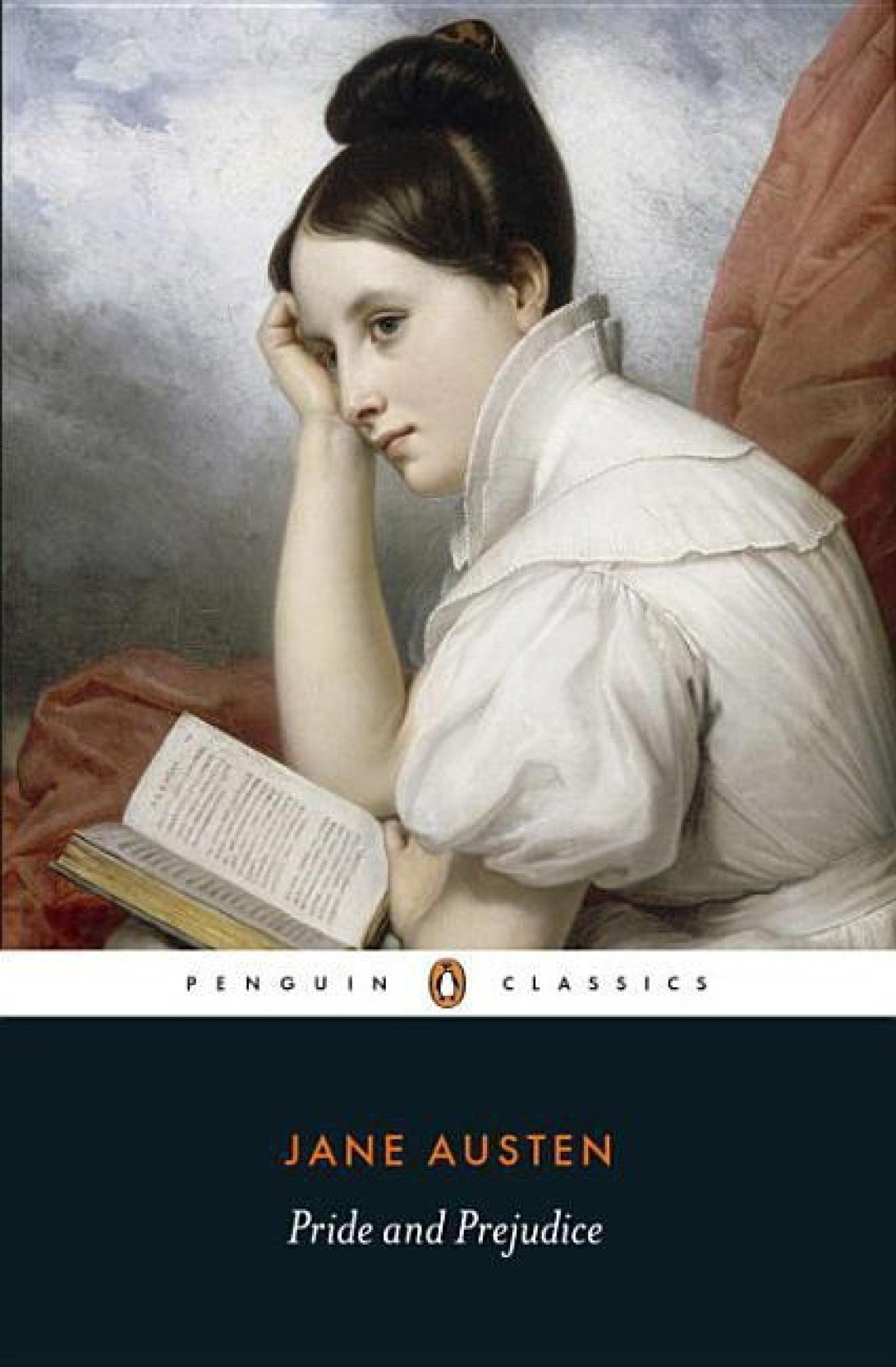Mary Fleming
Author Interview - Mary Fleming
Author of Civilisation Française
In 1982, recently graduated Lily Owens, hoping to find direction, enrols in the Civilisation Française course at the Sorbonne. She finds a job helping housekeeper Germaine care for Madame Amenia Quinon, an elderly American ex-pat who is going blind. The three women live alone in a mansion on the place des Vosges...at first, anyway. Civilisation Française is a story about being young and trying to find your way in life, or being old and trying to make sense of it all. And it's a story about living in Paris.
Author Interview - Mary Fleming
Author I draw inspiration from:
I draw inspiration from every author I read. Good or bad, a book always offers tips on what works or what doesn't work. Each novel is a writing class of its own. Which of course makes it very hard to pick one author because I have learned so much from so many. But I always come back to Leo Tolstoy. War and Peace has an unforgettable panoply of characters, a saga of a story, but it's as much historical reflection as fiction. Anna Karenina, to my mind, is the best novel ever written. Its tragic story arc is perfect, and the tale itself page-turning. What I love most is the way he digs into his characters thoughts and psyches. As he does in most of his fiction, short or long. That being said, I wasn't a great fan of Tolstoy's last novel, Resurrection. He had become too polemical. But that was yet another lesson.
Author Interview - Mary Fleming | Author I Draw Inspiration From
Favorite place to read a book:
It's not the place; it's the book. When I disappear into a good story, I could be anywhere. Though I often associate novels I have read with a particular place. I remember, for example, reading about the ice in the first lines of Gabriel Garcia Marquez' One Hundred Years of Solitude on the L train in Chicago; Sense and Sensibility under a fig tree in Aix-en-Provence or Les Misérables in my first small, dark apartment in Paris. That's the great thing about reading - it can be done anywhere and can be just as enjoyable at a crowded bus station as in front of a crackling fire on a winter's evening.
Book character I’d like to be stuck in an elevator with:
I would like to be stuck in an elevator with Odysseus, of The Iliad and The Odyssey fame. Because there we are, stuck between the 9th and 10th floor. It's the 4th of July weekend and everyone else in the building is away visiting family. But wily Odysseus, who concocted the Trojan Horse that allowed the Greeks to win the Trojan War and who survived all sorts of life-threatening challenges on the way back to Ithaca, will think of a way to get us out. Plus he's very charming, so he could entertain me while we're still stuck. He could tell me how he then inspired one of the most famous novels of the 20th century, James Joyce's Ulysses.
Author Interview - Mary Fleming | Book Character I’d Like to be Stuck in an Elevator With
The moment I knew I wanted to become an author:
I was 10 years old, lying on my side on my bed. It was after school and I had just finished The Blue Bay Mystery, a book I'd taken out of the school library. These children who had travelled far and had big adventures - I knew i couldn't live such a story, but I could write them, make a world that was more exciting than my bedroom in Chicago. When I finished that book, I also missed the characters, wanted to keep sharing their story, and it seemed to me that if I made up my own characters, they would stay with me forever. I do not write mysteries (even if there are often secrets about people's past that emerge in my fiction), but the characters I have created remain part of my real life too.
Hardback, paperback, ebook or audiobook:
Hardbacks are books made to last. The corners won't curl, the pages have a crisp feel. You know, even if you didn't buy it yourself, that it's expensive so you'd better take good care. Sadly, they are usually clunky and not convenient to carry around. Best to keep the book stationary, on your bedside table. Paperbacks, on the other hand, are cheaper and flimsier and fit more easily in your bag. I like rifling through their their pages and smelling the paper. But they can get bent out of shape. And after a while and many purchases, they take up a lot of shelf space. Unlike e-books, which I like in theory better than practice. The tactility of a tablet or e-reader is very disappointing. And I always have trouble moving backwards and forwards in the text, getting a real sense of where I am, but that may be because I don't read e-books that often. Ditto my experience with audiobooks. My husband and I had a bad first experience with A Tale of Two Cities. The reader's voice was so soporific it put us both to sleep - and one of us was driving. We gave up on that one and listened to Michelle Obama read her own Becoming, and that worked better, though it was very long and would have been faster for the eyes than the ears.
The last book I read:
What Are You Going Through, by Sigrid Nunez. I liked its spare, direct prose and the way she treated themes of aging, friendship and mortality with grace and irony, two qualities I appreciate in a book. The novel is both literary and readable, something I aim at too in my fiction.
Author Interview - Mary Fleming | The Last Book I Read
Pen & paper or computer:
I always start with pen and paper. There's something about the flow of thought from the brain, through the arm and hand to the ink on the paper. Even if my handwriting is terrible. I love the physical materials. I use a fountain pen that currently has olive green ink in it. Eventually, once I've got a solid grip on my story - it's hard to pinpoint when that moment comes - I just know - I switch to the computer screen. That almost feels as if I've given the text to someone else to read, an editor. The neat, even black and white letters make me see what I've written with a fresh eye. Sometimes for a new scene, I'll revert to pen and paper to get it started. Then it's back to the screen.
Book character I think I’d be best friends with:
After running through many heroines in my head, I keep coming back to Elizabeth Bennet in Pride and Prejudice. She is questioning. So am I. She likes to read. So do I. She likes to walk and take in nature. So do I. She likes to laugh. So do I. She admits (although it can take a while, like the course of the novel) when she's wrong. I like to think I do too. The only trouble is that her best friend is her sister Jane. But I hope they'd make room for me too.
Author Interview - Mary Fleming | Book Character I’d be Best Friends With
If I weren’t an author, I’d be a:
Easy: I'd be a photographer, which I sort of already am. I am a regular poster on Instagram. Many of my photos also appear in my photo-essay newsletter, A Paris-Perche Diary. Since I am a visual writer, it seems very natural to combine images with text. When I write my essay, I play photo off text, one leading the other or vice-versa. I find it an intriguing and satisfying process.
Favorite decade in fashion history:
The 1950s, a time when a certain formality in elegance still counted. Women like Katherine Hepburn were wearing trousers, so you weren't stuck in a skirt or dress. But cargo shorts had yet to be invented. Maybe it's because I've lived in Paris so long, but a well-cut piece of clothing always catches my eye.
Place I’d most like to travel:
During her course in Civilisation Française, my protagonist Lily Owens reads Voltaire's Candide. In the novella Candide is banished from his kingdom and travels the world. Granted he finds himself in mostly tragic situations, but upon his return, he remarks: "Il faut cultiver notre jardin," we must work on our garden. In other words, much can be learned and developed right in our backyard. It's a lesson learned in fiction from Samuel Johnson's Rasselas to Dorothy in the Wizard of Oz. There are many places on earth I have never been, but as I get older I like travelling less and less, especially as airports become evermore versions of purgatory. I am fortunate to have two beautiful gardens at my fingertips. In Paris, the Tuileries are right across the Seine from my apartment, and I walk there every day with my dog. In the Perche, I live in the middle of nature, and my morning dog walks there are full of bucolic beauty and birdsong. I really don't need to travel any farther than that to feel I've just been on a wonderful trip.
My signature drink:
I get up early - between 5 and 6am - and the first thing I do is make myself an elongated espresso, which I drink black as I settle into work (I'm drinking one right now!). That moment, when everything is quiet and the day ahead still full of promise, is magical. When I think of that coffee later in the day, I look forward to the next morning.
In the evening I love vermouth (more specifically Noilly-Prat vermouth) and a splash of crème de cassis, with a squeeze of lime and ice. Its bittersweet-sour mix provides another form of magic. I learned about it my early days in Paris and was told it was a popular drink in Paris bars and cafés before World War II. I can't find proof of that on the internet, but the romantic image sticks. Unfortunately, it goes down way to easily, so I don't drink it often, unlike Amenia Quinon in Civilisation Française, who limits herself to one every evening before dinner.
Favorite artist:
That is an impossible question to answer; there are too many wonderful creators in too many different media. But because I recently went to an exhibition of his last works at the Musée d'Orsay in Paris, today I'll say Vincent Van Gogh. In those late paintings, his brilliance was gushing out of him - it screams at you off the canvas in bright colours, strong brushwork, dense perspectives. I came away thinking that his genius killed him; he couldn't take the intensity of sensation, of feeling when he viewed the world around him. It was banging away in his head and death seemed his only release. But how fortunate we are to have the oeuvre he left behind. The exhibition moved me hugely and that mix of admiration and awe at Van Gogh's vibrancy has stuck with me. As any great artist's work does.
Number one on my bucket list:
I had a recurring dream when I was a child: suddenly and with no help, I would float up in the air and fly around. I loved this dream and always woke up happy afterwards, longed for my next nocturnal flight.
A few miles from us in the Normandy countryside, a man has a small plane and a landing strip. He takes people on air tours of the area. A friend of mine did this last year and said it was a magical experience - she even sent me an aerial photo of our house. It's as close as I can get now to those childhood dreams, so I'm planning to float and fly again this summer over the countryside.
Find more from the author:
Mary Fleming (Paris) Facebook
flemingm6 Instagram
About Mary Fleming:
Author Interview - Mary Fleming
Mary Fleming, originally from Chicago, moved to Paris in 1981, where she worked as a freelance journalist and consultant before turning full-time to writing fiction. Her novel Someone Else was published in 2014 and The Art of Regret in 2019. A new novel, Civilisation Française, has just come out (July 2024). She chronicles her French life between Paris and the Perche (Normandy) in the photo-essay, A Paris-Perche Diary
